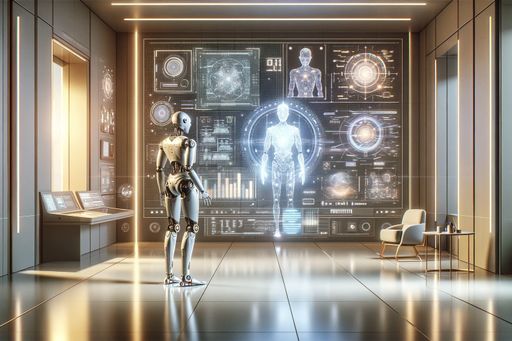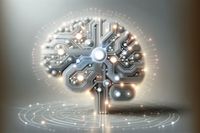Where are all the ‘godmothers’ of AI? Women’s voices are not being heard
Amid the coverage of Sam Altman returning to the helm of OpenAI, women are being written out of the future of AI

The Gender Imbalance in AI
The recent rehiring of Sam Altman as the chief executive of OpenAI has highlighted the gender imbalance in the tech industry, particularly in AI. Altman's return has solidified an all-male board of directors at OpenAI, a situation that reflects the gender dominance within AI teams as identified in McKinsey's The State of AI in 2022 report. The absence of female AI leaders and experts in the coverage of Altman's comeback raises questions about the lack of representation of women in shaping the future of AI.
Women have had a peripheral presence in the AI industry, whether as developers, news editors, or AI experts. This lack of representation is evident in the data, with men being quoted 3.7 times more frequently than women in news about AI. Only 4% of news stories in science and technology revolve around women, showcasing their underrepresentation in the field.
The underrepresentation of women in AI is not limited to the industry itself. News editors, who play a crucial role in shaping the narrative around AI, are predominantly male. In Britain and the US, only 18% and 23% of tech news editors are female, respectively. This gender disparity in decision-making further reinforces the male perspective in AI news coverage.
The Impact of Gender Bias in AI
The gender bias in AI has significant consequences for the development and implementation of AI technologies. Generative AI, which relies on processing vast datasets, is inherently biased due to the historical underrepresentation of women in these datasets. This male bias is then perpetuated in the news coverage and narratives surrounding AI, limiting the understanding of risks, limitations, opportunities, and direction from a diverse range of perspectives.
The absence of women's voices in AI also leads to the exclusion of their concerns and experiences. Studies have shown that women are more concerned than men about various AI developments. Without their perspectives and insights, the AI industry risks overlooking important considerations related to safety, ethics, and social impact.
Experts argue that addressing the gender imbalance in AI is crucial to ensure the development of inclusive and unbiased AI technologies. By incorporating more diverse perspectives, AI can mitigate the diversity deficit and better represent the needs, worries, and experiences of all genders.
AI as a Solution for Diversity
AI itself can play a role in remedying the gender imbalance and lack of representation in AI. By using AI to track and measure gender and ethnic bias in the media, we can gain insights into the presence of women within AI discourse. This data can then help raise awareness and prompt the inclusion of diverse perspectives in the development and reporting of AI technologies.
The importance of measurement and management is emphasized by experts who advocate for the use of AI to track women's share of presence in the AI narrative. This approach highlights the need to seek perspectives from all genders, groups, and cultures in shaping the future of AI.
Ultimately, addressing the gender gap in AI requires collective action. It involves creating opportunities for women to thrive in the industry, promoting diversity in decision-making positions, and actively seeking and amplifying the voices of women in AI. Only through these efforts can we ensure that women are not only included but also have a significant impact on the future of AI.



